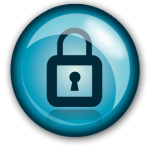After conferring with key stakeholders and considering important campus-wide dates, the Digital Ecosystem team has moved the launch of the new web site to January 7th, with promotion and communication continuing in the following week as Simmons gears up for the start of the semester. This date ensures that external delays won’t reduce the amount of testing and training time available to the community and that we do not risk impacting key admissions deadlines. We will launch with a polished, attractive site that features Simmons news and stories and makes them more visible online.
We have been working closely with Area Editors from each functional group to make sure that all content is up-to-date and will be granting them access to their content within the site on a rolling basis to review and make changes. Training for “Simmons Internal,” an online repository for many of our existing resources for students, staff and faculty who are already a member of the Simmons community, began last week.
A Digital Ecosystem newsletter with more details about the new site will be sent out soon. Please visit our project web site for additional information.
 Information security is a complex and constantly evolving topic. Threats to the security of the Simmons network and our data, as well as your personal data, change every day. Fortunately, there are steps you can take to stay secure and to prevent most common causes of unauthorized access to your information.
Information security is a complex and constantly evolving topic. Threats to the security of the Simmons network and our data, as well as your personal data, change every day. Fortunately, there are steps you can take to stay secure and to prevent most common causes of unauthorized access to your information.